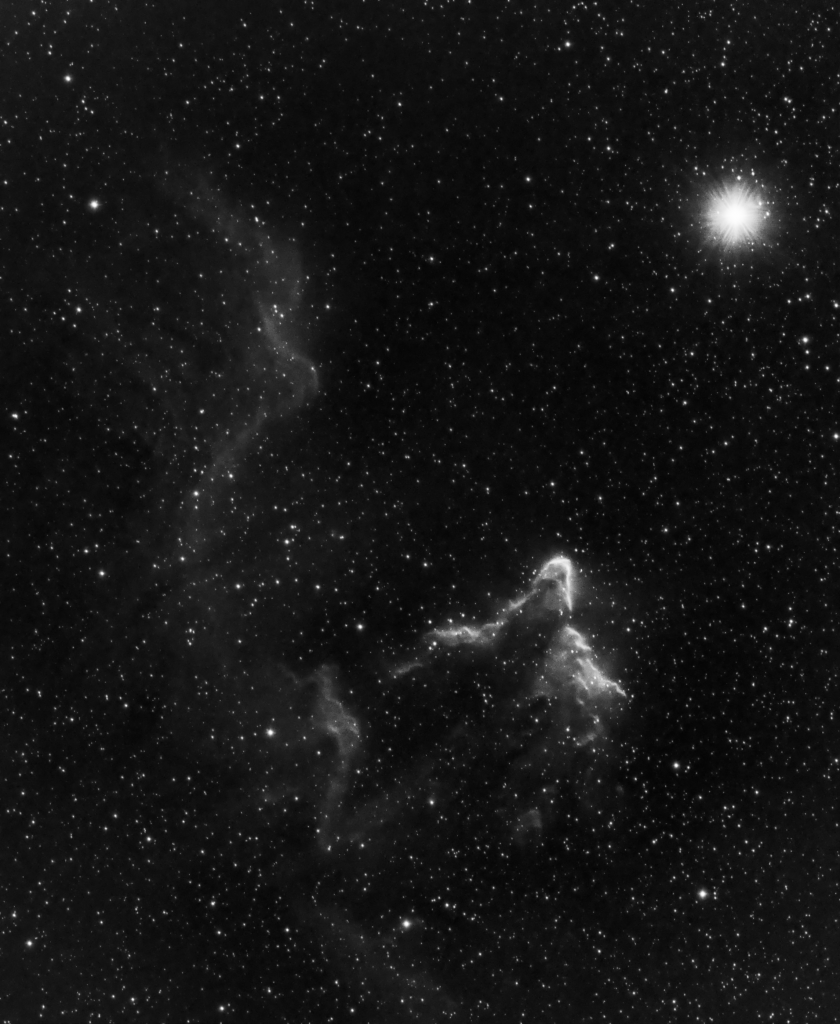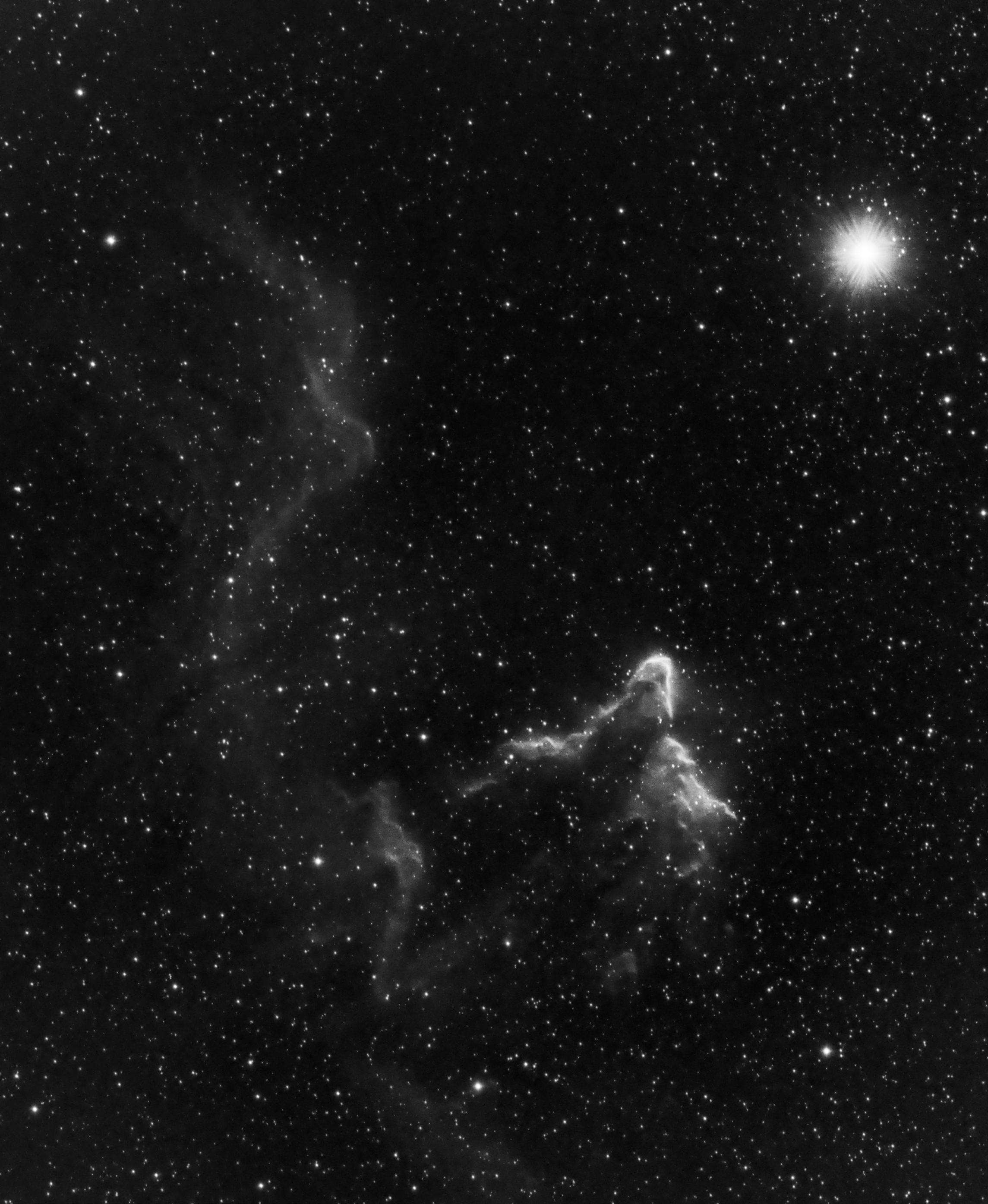
Similar Posts
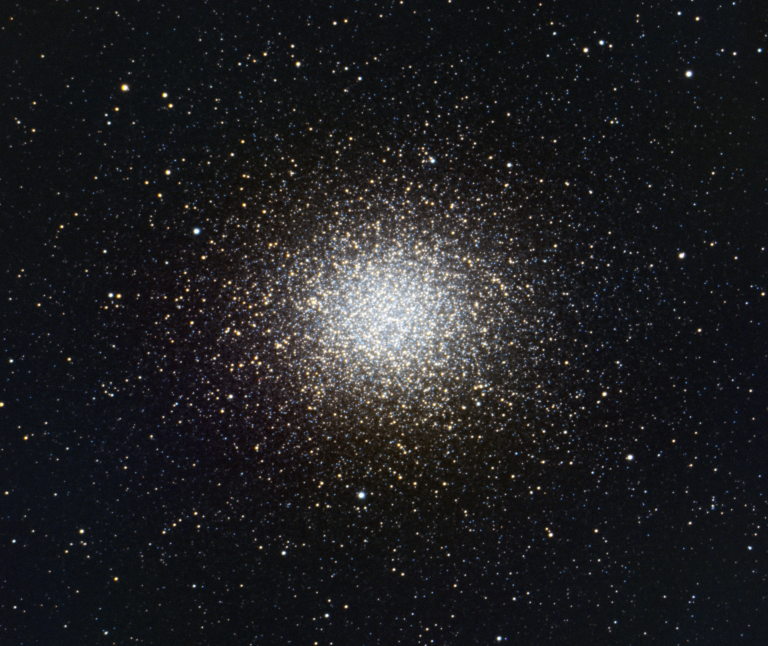
Omega Centauri – the biggest globular cluster, or is it something else?
This object was a real challenge to image. From central Florida, it only rises 13 degrees above the horizon, deep within the light-polluted murk of my Southern sky. Omega Centauri is a Southern hemisphere object, so capturing it from the Northern hemisphere requires effort. It’s worth it though – this is one of the most…
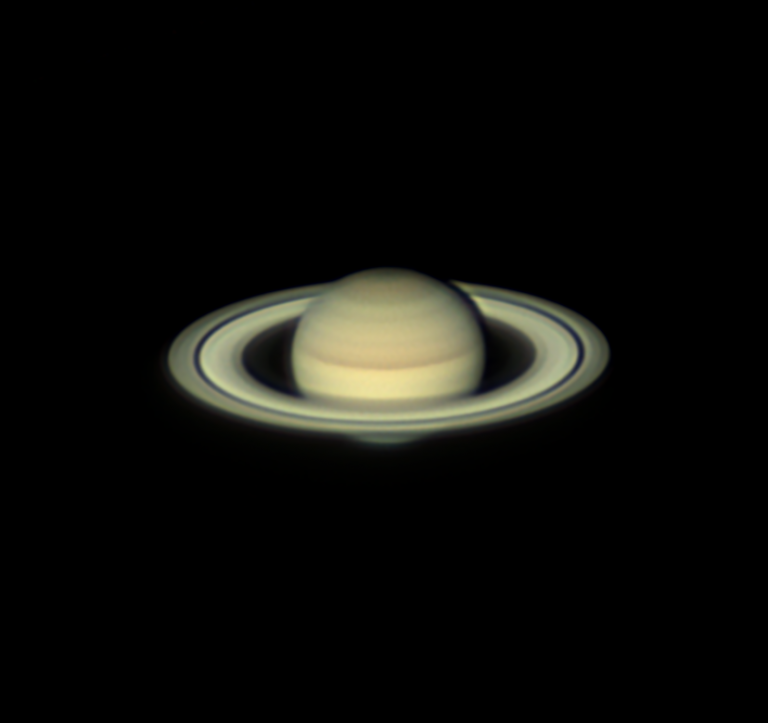
Early-morning planetary imaging
We recently obtained a new telescope for observing the planets, and we had our first good conditions for planetary imaging this morning! This is the best image of Jupiter I’ve ever gotten, and I’m hopeful that it will be even better once it gets closer to Earth in a couple of Months. Saturn’s not looking…
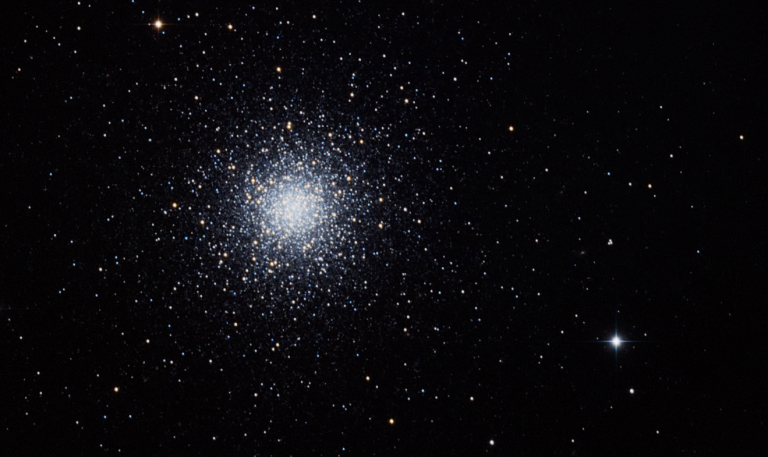
Globular Cluster M3
You’re looking at about 500,000 stars, balled up just outside of our galaxy. They are ancient; about 8 billion years old.
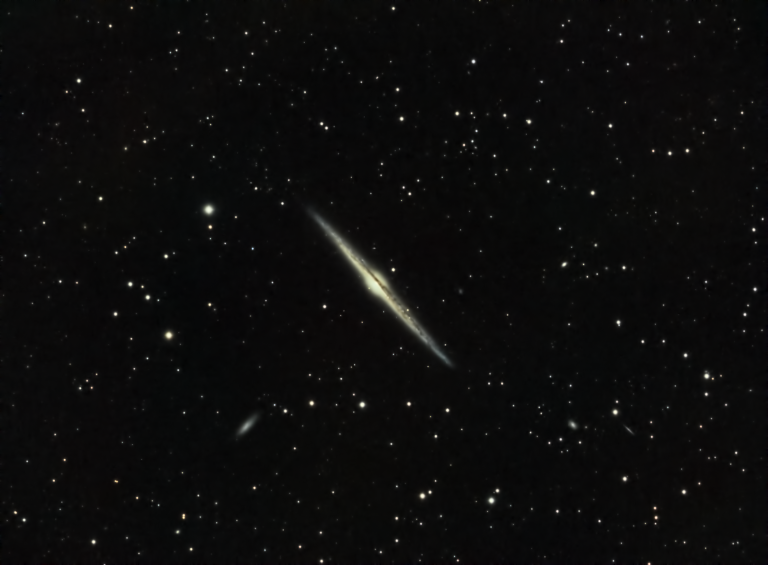
The Needle Galaxy
A spiral galaxy almost 40 million light-years away, viewed edge-on. The dust lane in the center of its disk, and central bulge are clearly visible. A couple of its smaller, satellite galaxies can also be seen here.
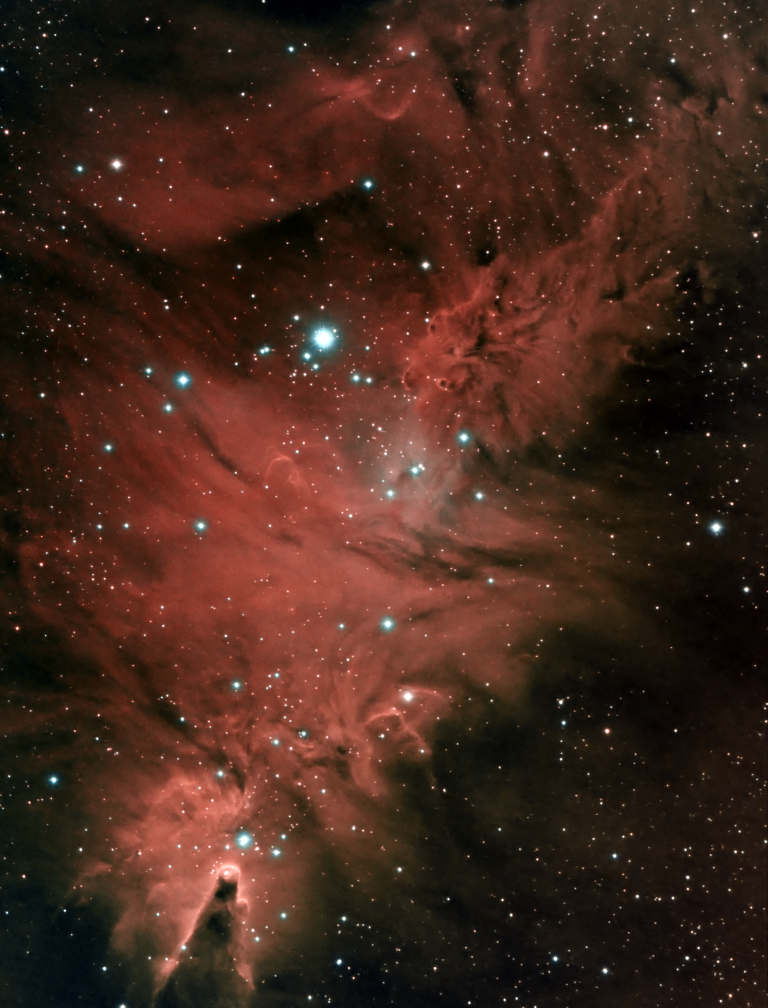
The Fox Fur Nebula (and more!)
I’ve wanted to image the “Fox Fur Nebula” for awhile now – it’s pretty obvious where it is in this image! Within the same field of view is the Cone Nebula (near the bottom.) It’s all an area of gas within the Christmas Tree Cluster, which is an open cluster of stars that kind of…
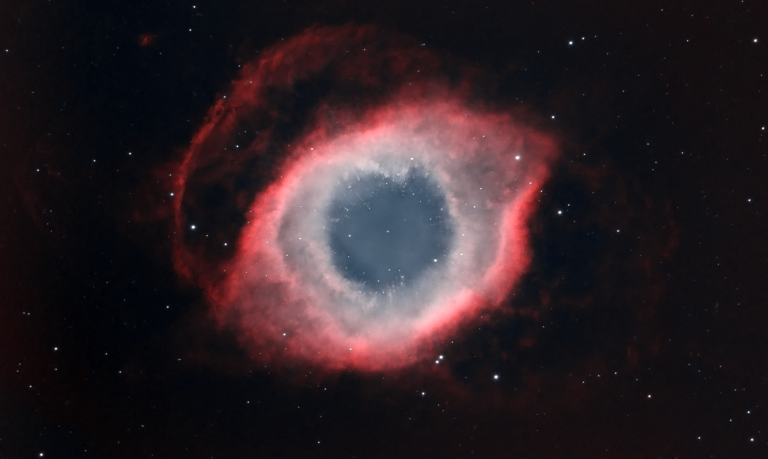
The Eye of Sauron, revisited
This is the Helix Nebula, sometimes also called the “Eye of God” or the “Eye of Sauron”. It’s a planetary nebula, formed by a star blowing off its outer layers of gas before collapsing into the white dwarf you can see at its center. This is thought to be the ultimate fate of our own…

